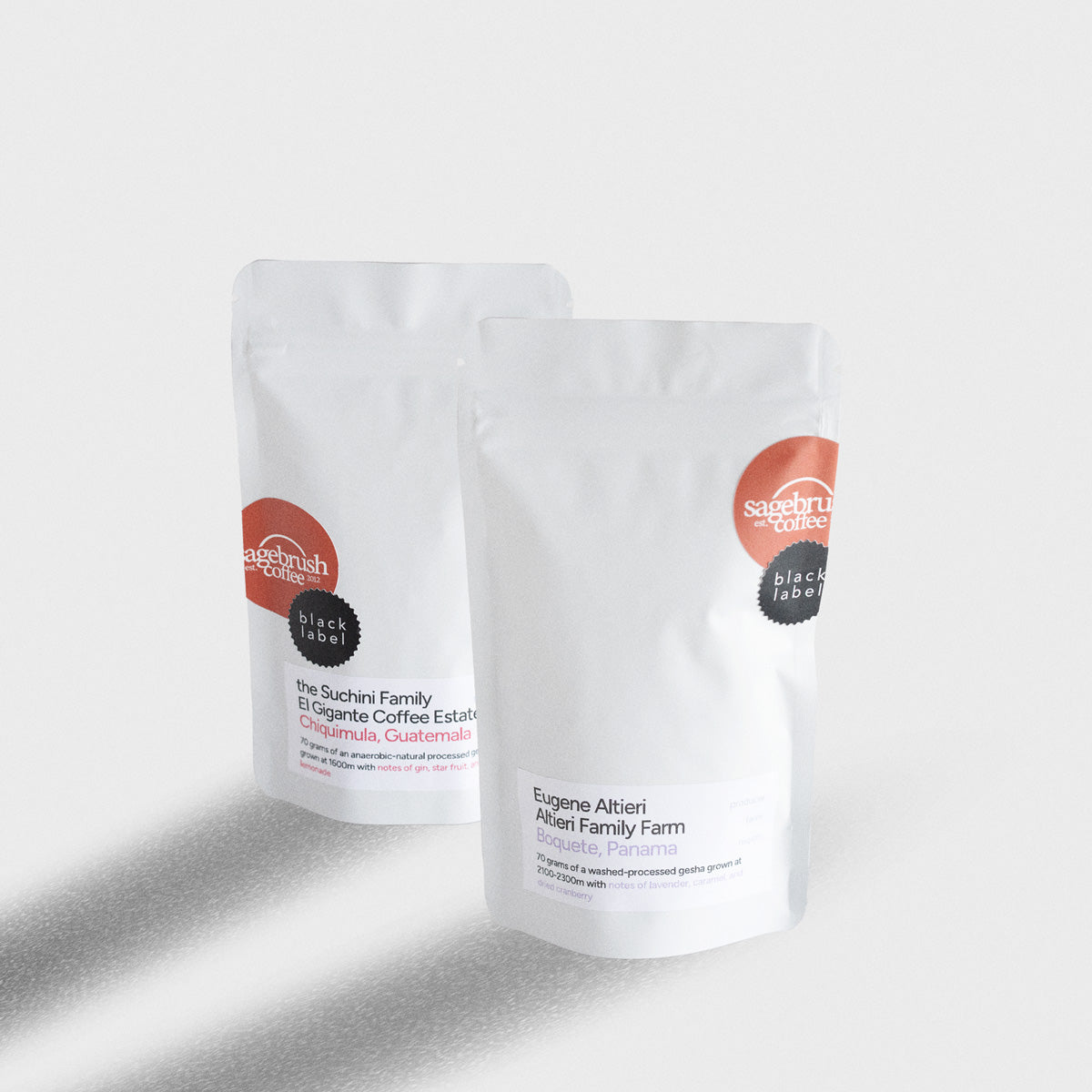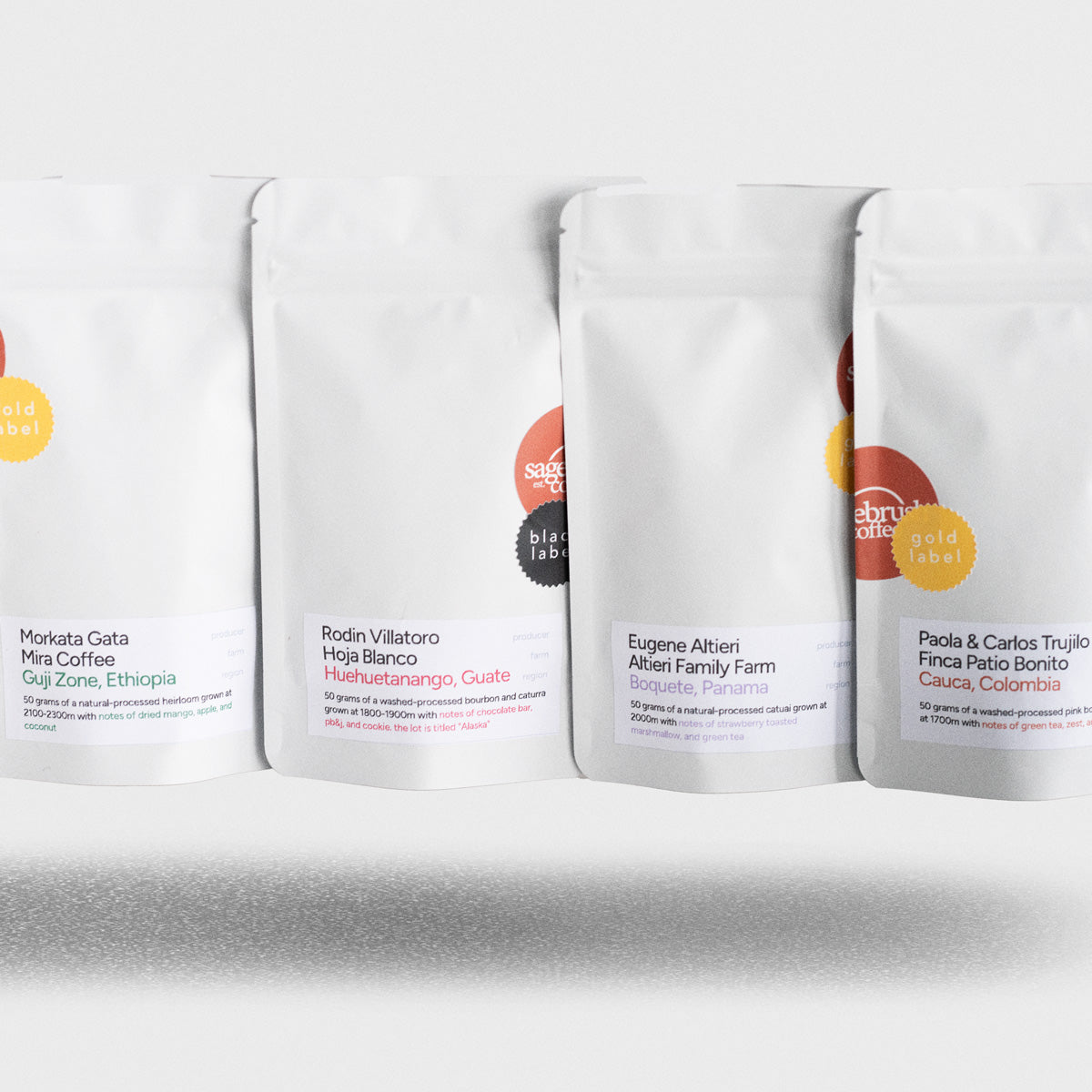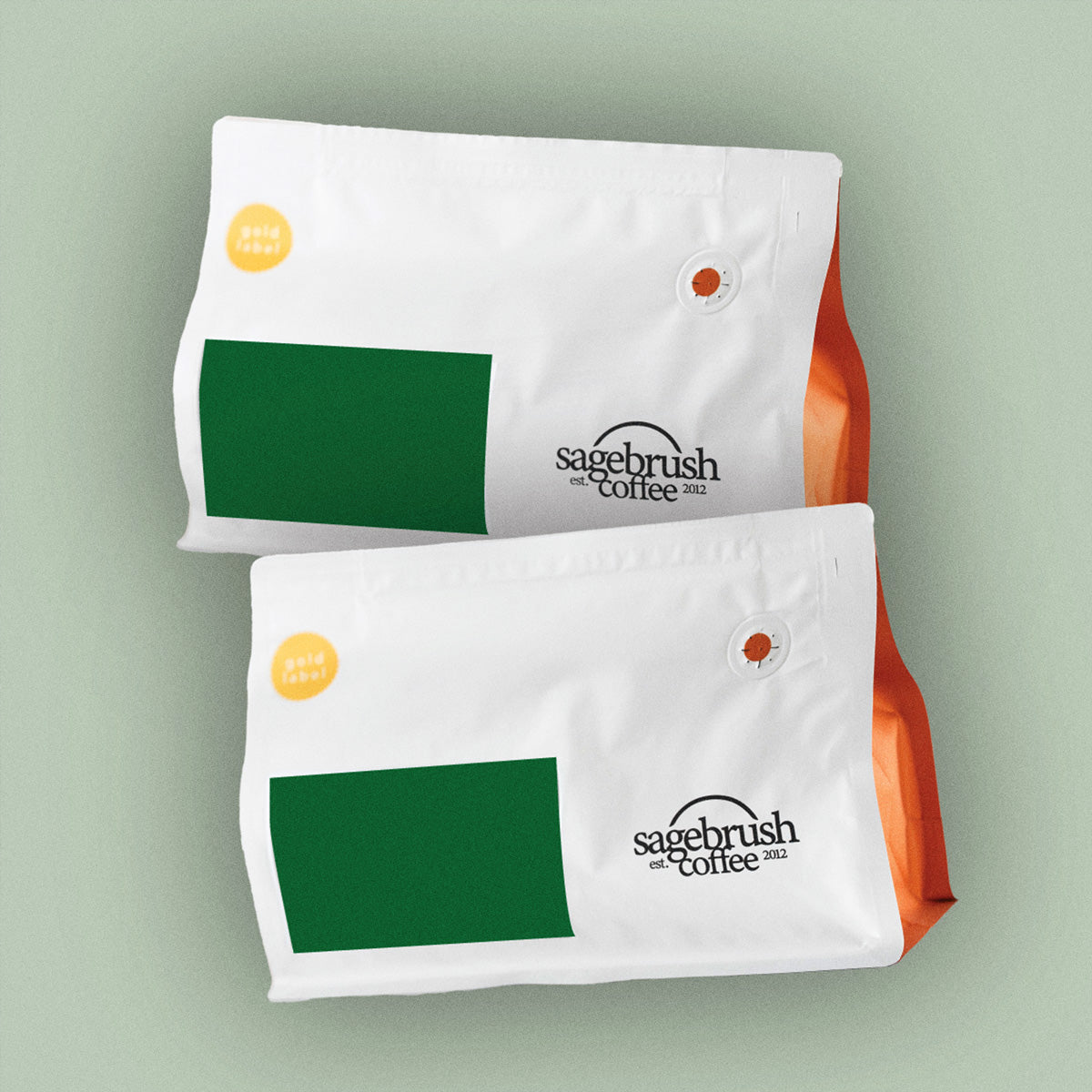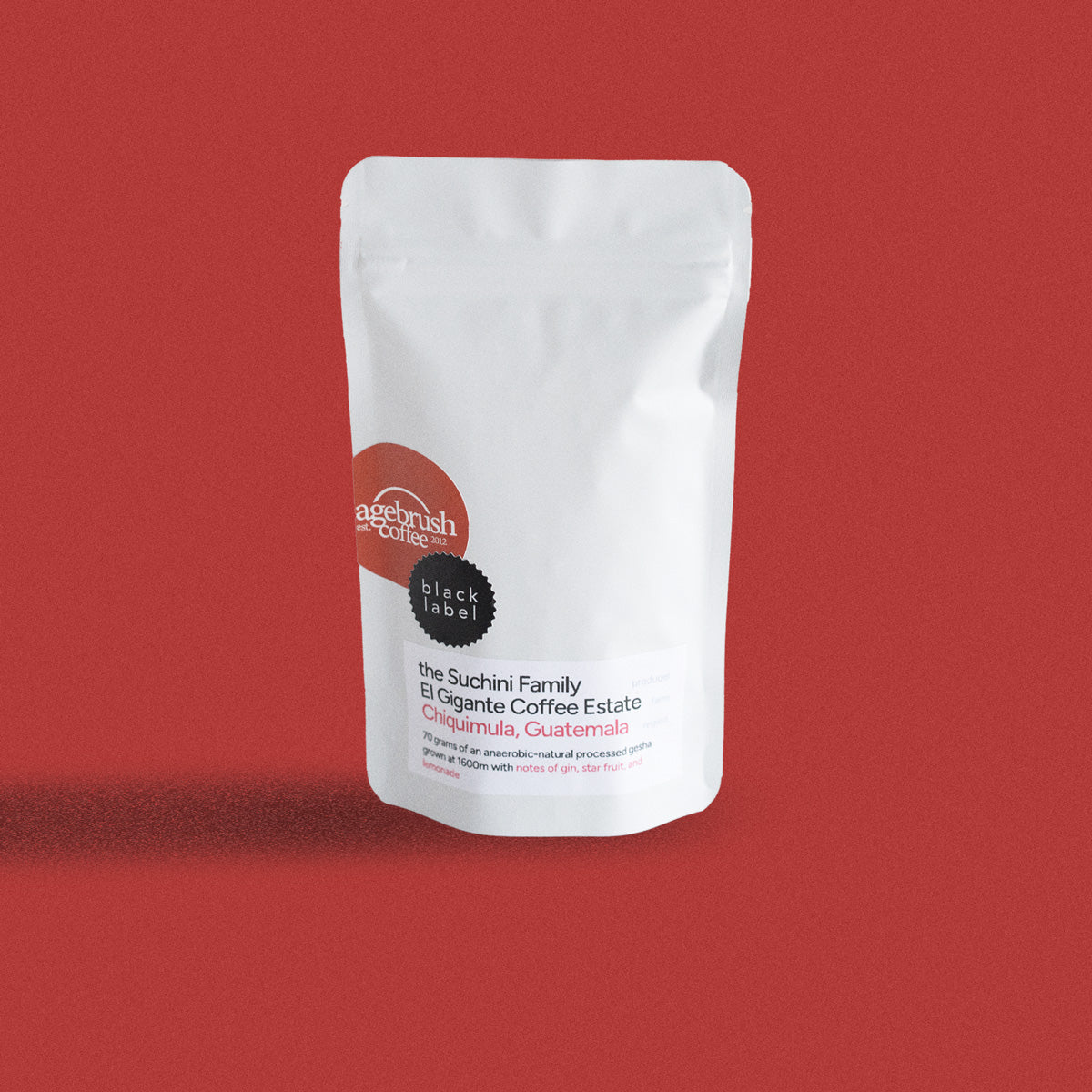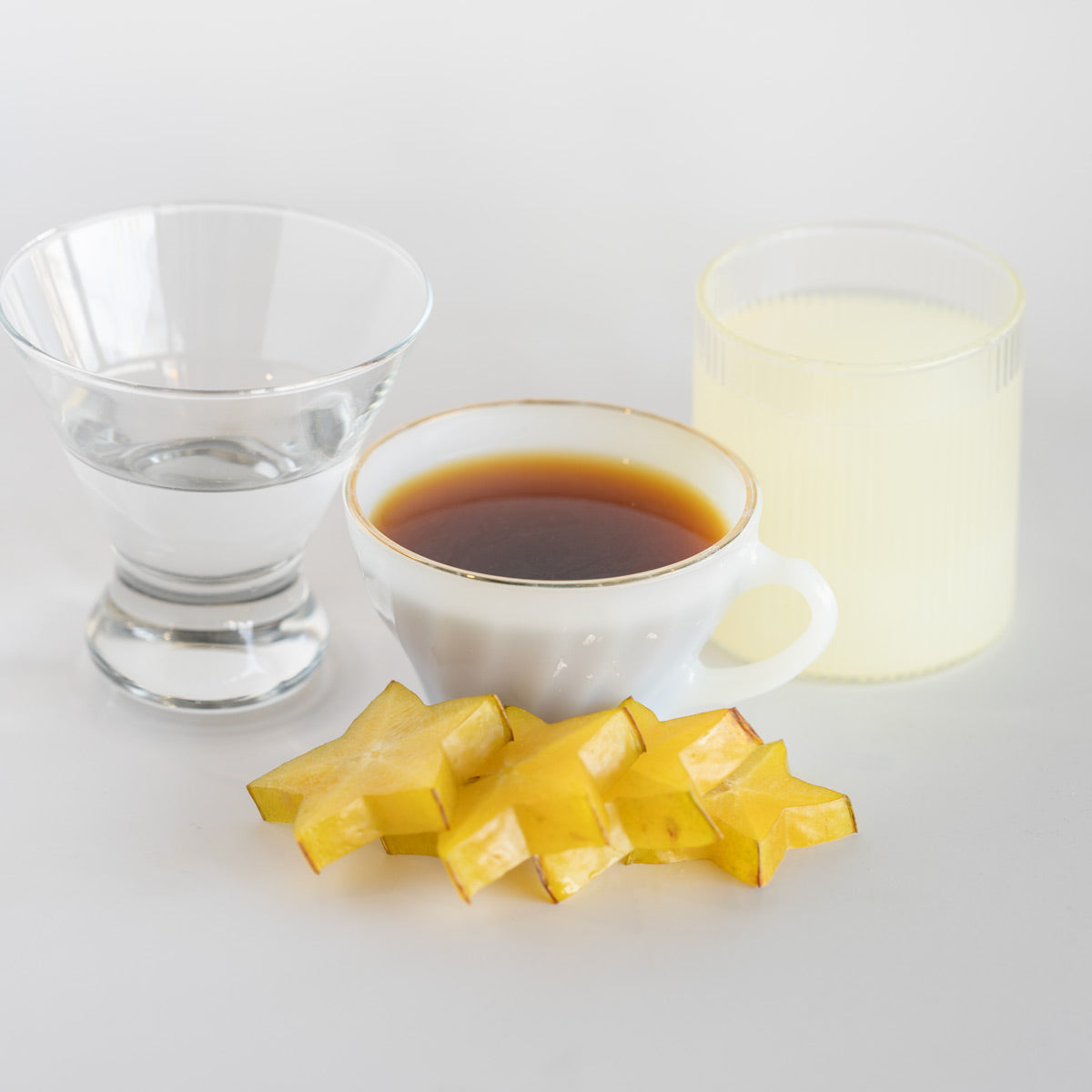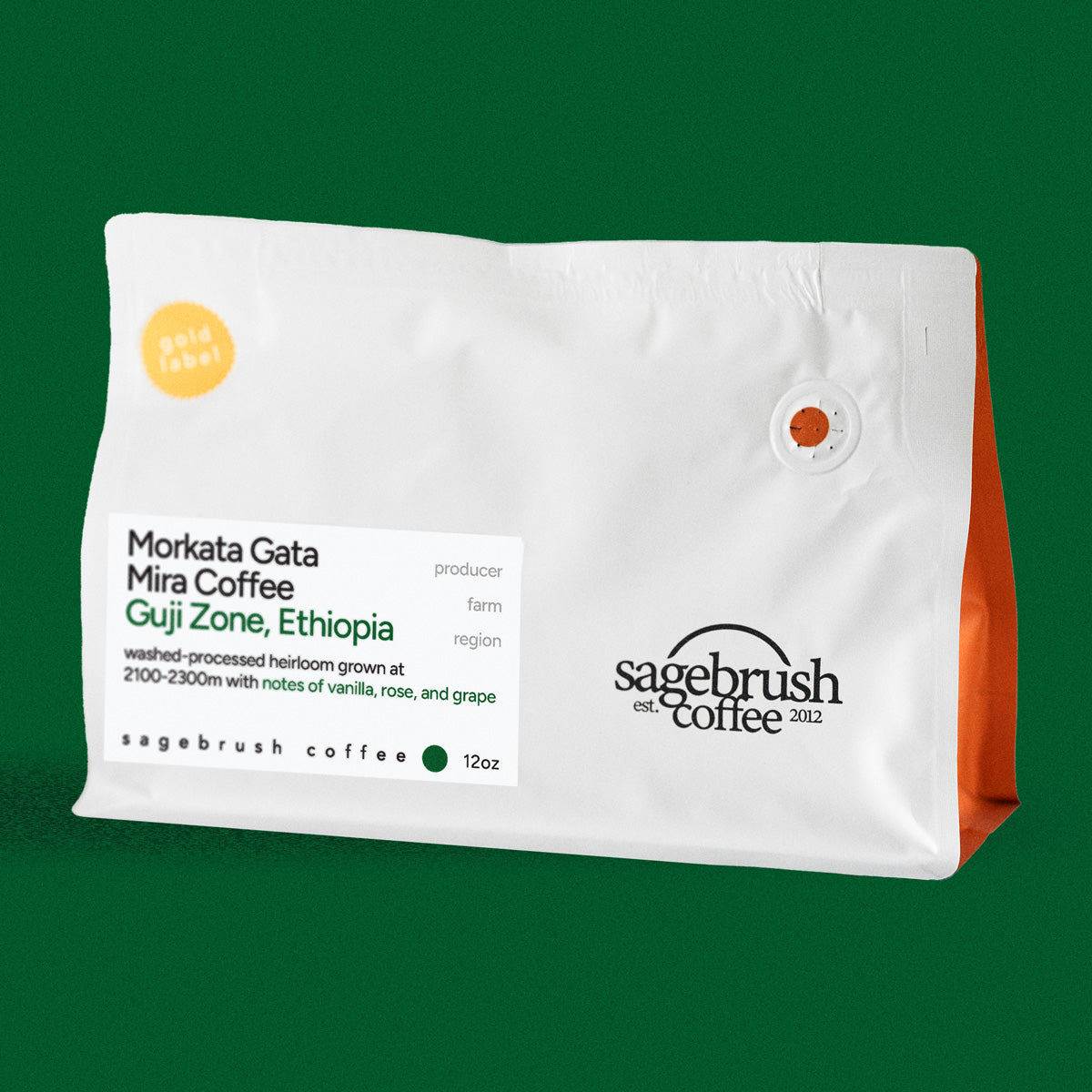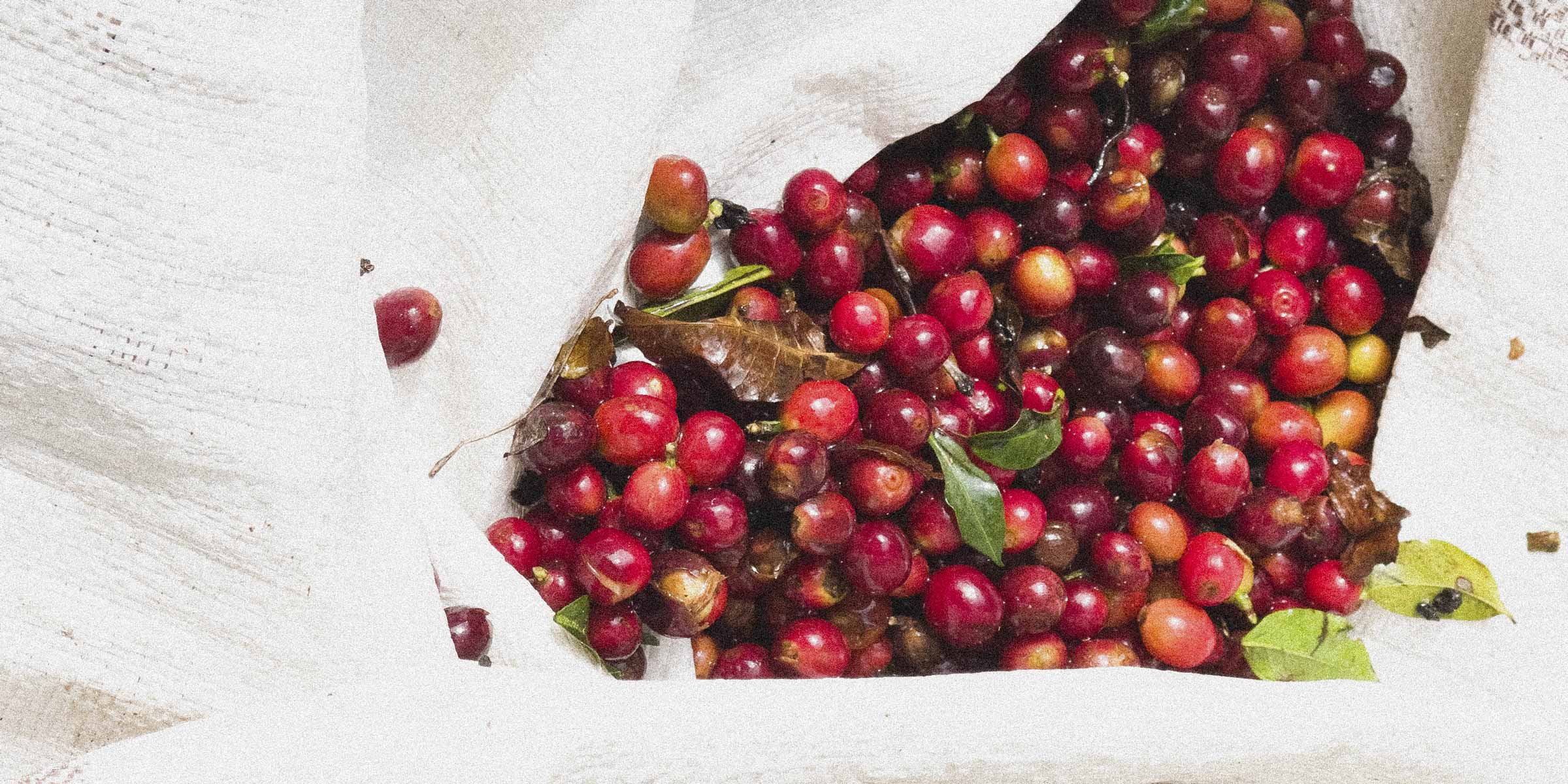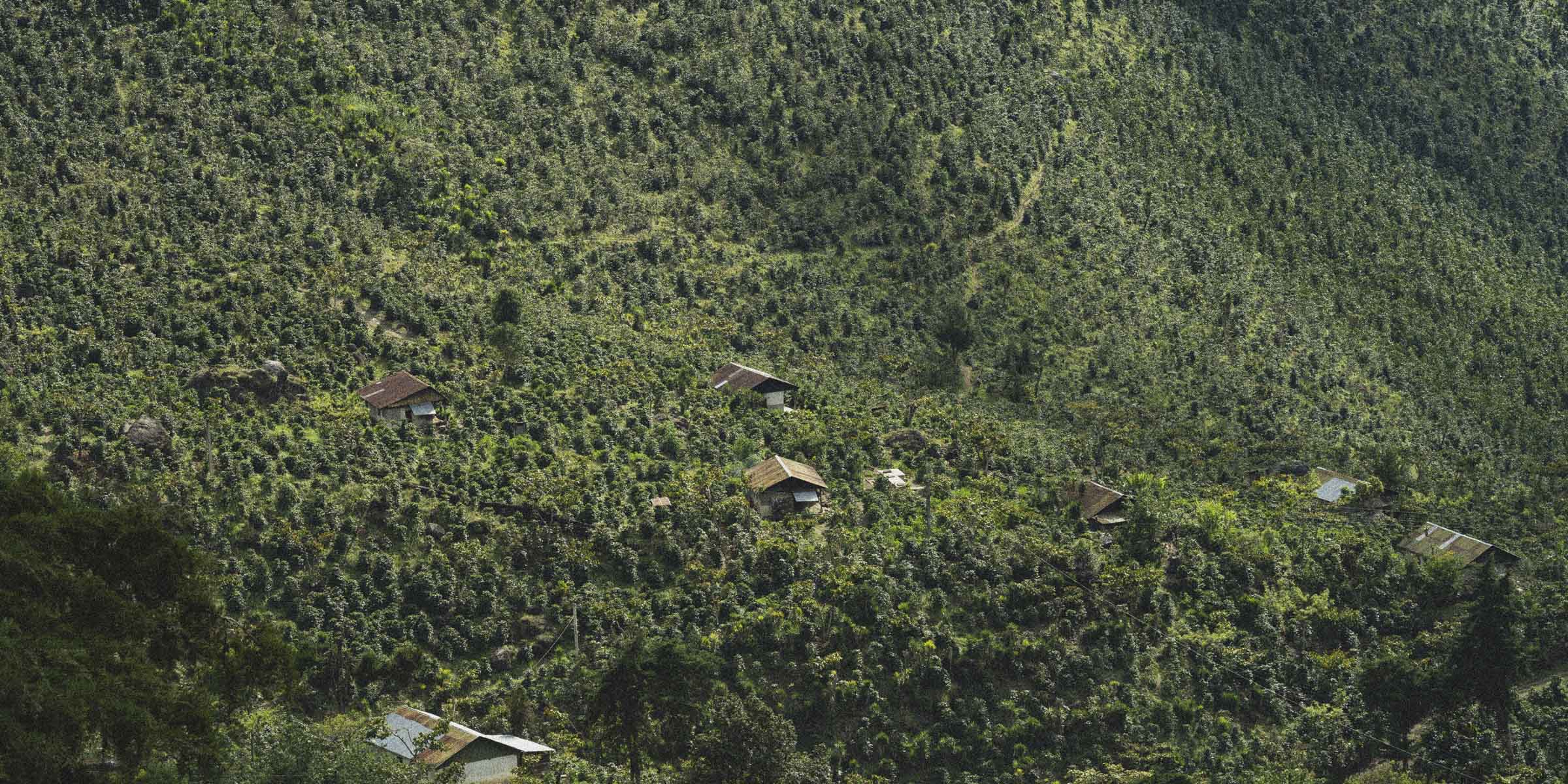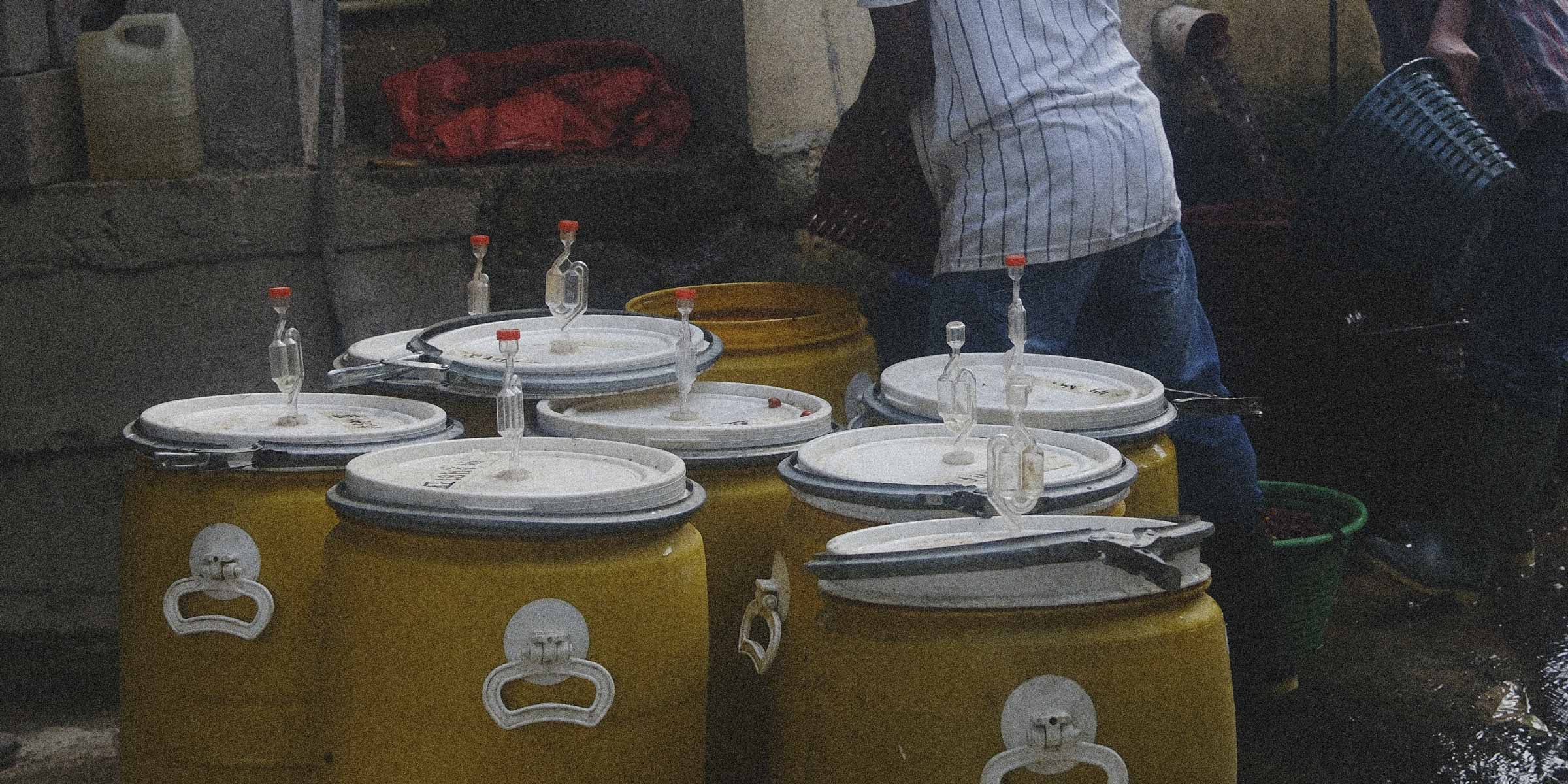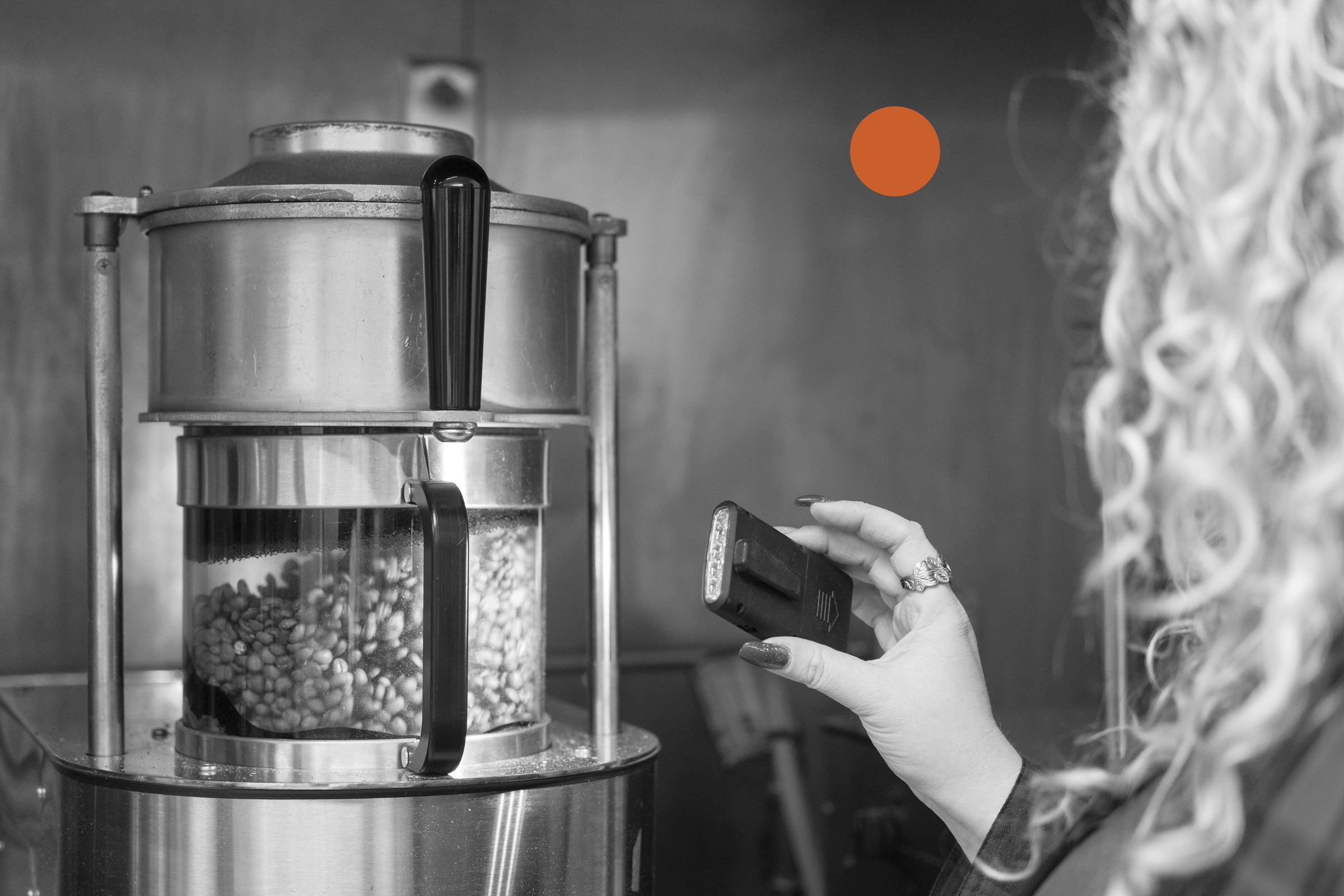Ah, coffee. The drink enjoyed by over 1 billion people in the world--150 million people in the United States alone. But how many of those vast numbers of people know what coffee is? Where it came from? How it came to be in their cup that morning? The truth is, long before coffee reaches you, it has already gone through a long journey.
One of the things we love to be at Sagebrush is a resource for coffee education. So, if you've ever wondered what coffee actually is or where it comes from, keep reading to learn about the first step in the wondrous journey of coffee: the crop!
Believe it or not, coffee isn’t a bean—it’s a seed! All specialty coffee comes from the fruit of the Coffea Arabica plant, which produces cherries each year. Inside each cherry are two seeds, which we call coffee beans. Coffee farmers, before they plant this crop, must first make a critical decision--which variety do I plant?
In the same way apples have different varieties which each have their own distinct taste and texture (Granny Smith, Fuji, Red Delicious, etc.), coffee varieties are the same way! A Bourbon, a Pacamara, and a Geisha are all Arabica varieties, but they look and taste differently. Within Coffea Arabica, there are thousands of varieties (you can read about the history of how these came to be here) and each one has an impact on the acidity, body, sweetness, etc. of the final cup.
But while taste and texture matter, a farmer has to take other things into consideration as well. Which varietal is most productive and therefore most profitable? Which varietal is most resistant to coffee plant disease? Which varietal would grow best at this altitude?
Once this decision is made, the crop is planted...and then the farmer waits...for three to four years! This is how long it takes for a typical Coffee Arabica plant to produce its first substantial harvest of coffee cherries.

When the plant finally produces its cherries and is ready for harvest, the next crucial step in the journey of coffee arrives: how the cherries are picked. If you've ever heard the phrase 'cherry picking', you get the idea. Ideally, farmers only want to pick the ripest, reddest, juiciest, cherries at their peak level of sweetness because those produce the best-tasting coffee. But because cherries ripen at different times throughout the season, many farmers take the far more efficient approach of 'strip-picking' their cherries--meaning, they mechanically strip the whole branch of cherries at once, thus mixing ripe, overripe, and unripe cherries. This is where a lot of commercial grade coffee comes from, why it's cheaper, and why its quality is not nearly as good as specialty coffee.
One of the reasons specialty coffee carries a higher price tag is because we source from farms who hand pick each and every coffee cherry at their optimal ripeness. This method is clearly more labor-intensive and costly for farmers, but it yields a much higher quality coffee. Once harvested, the cherries are hauled down (often steep!) mountainsides and transported to a mill for processing. Even once it reaches the processing mill, the coffee cherry’s journey is just getting started!




